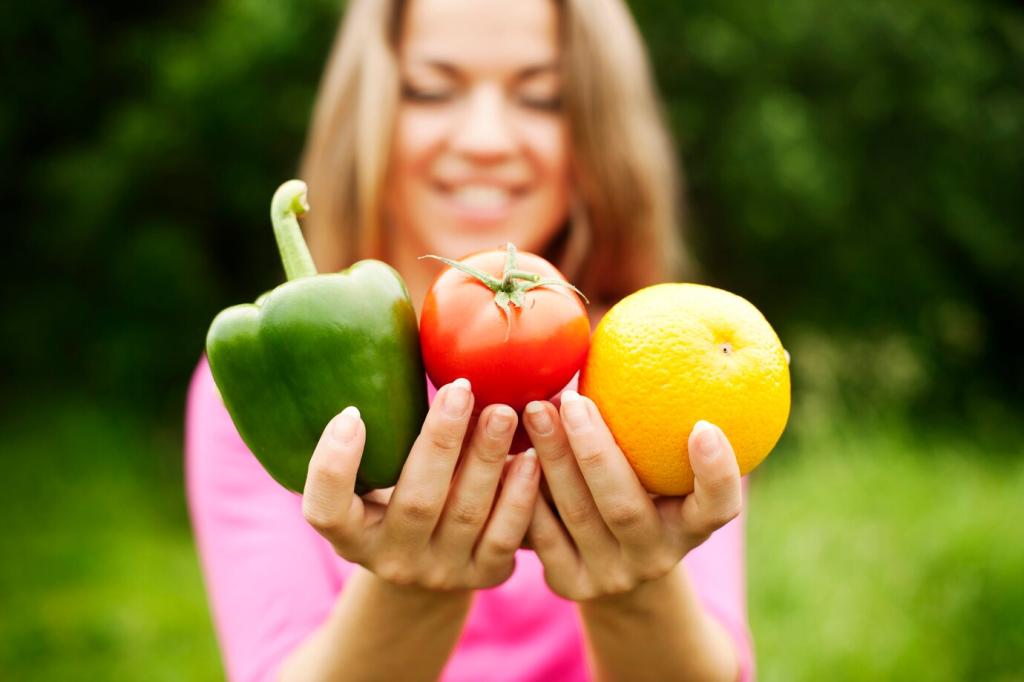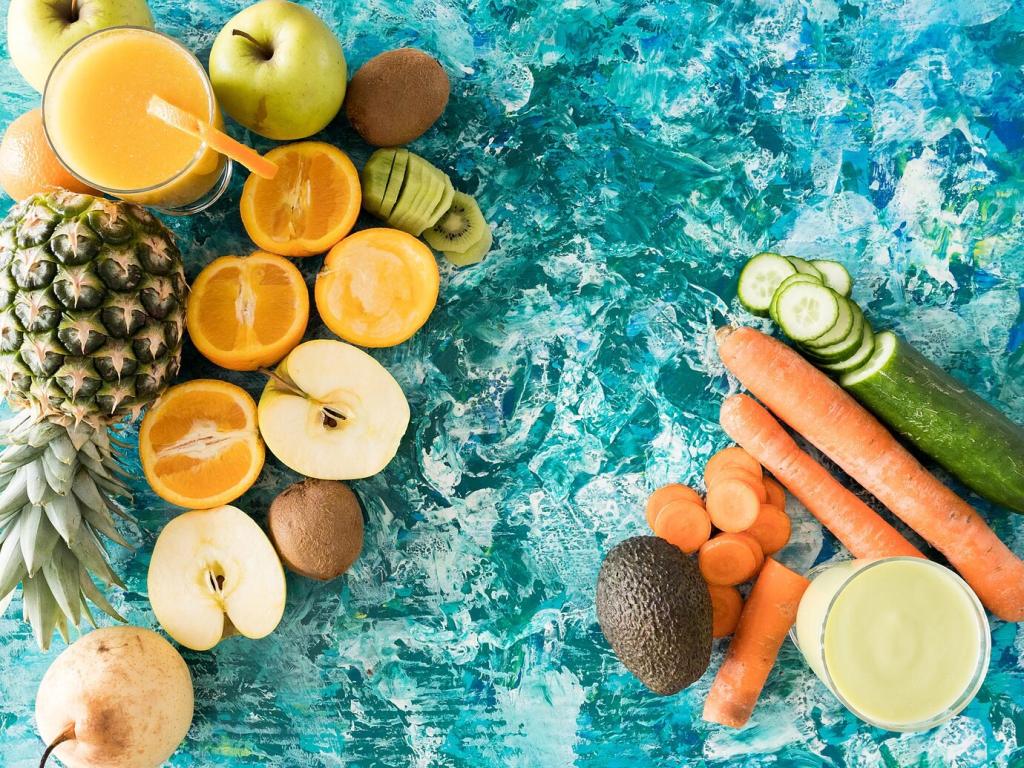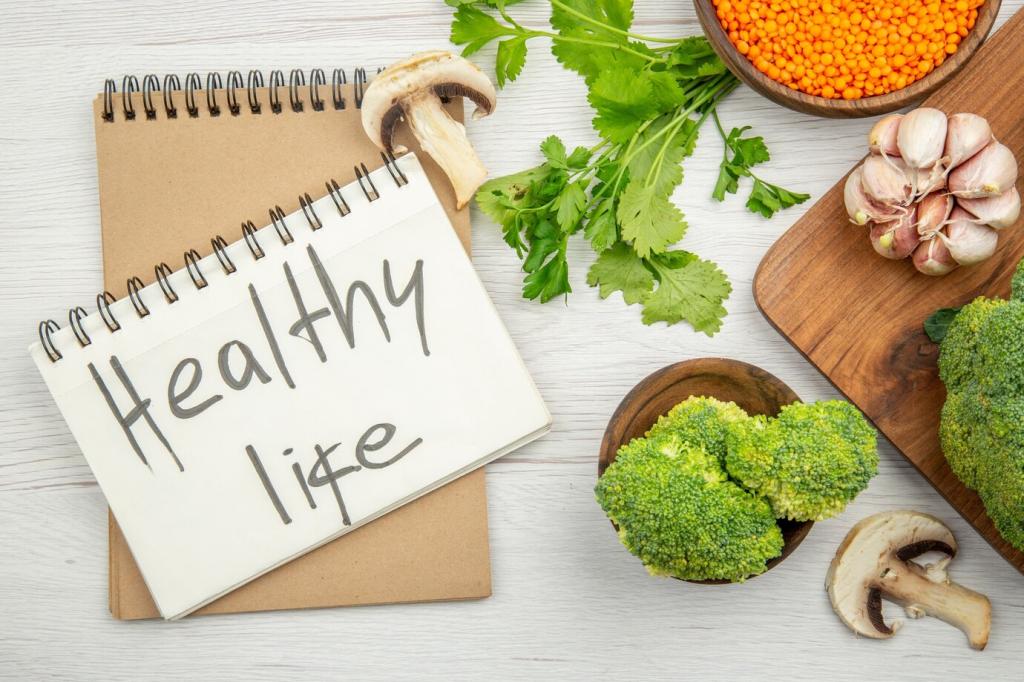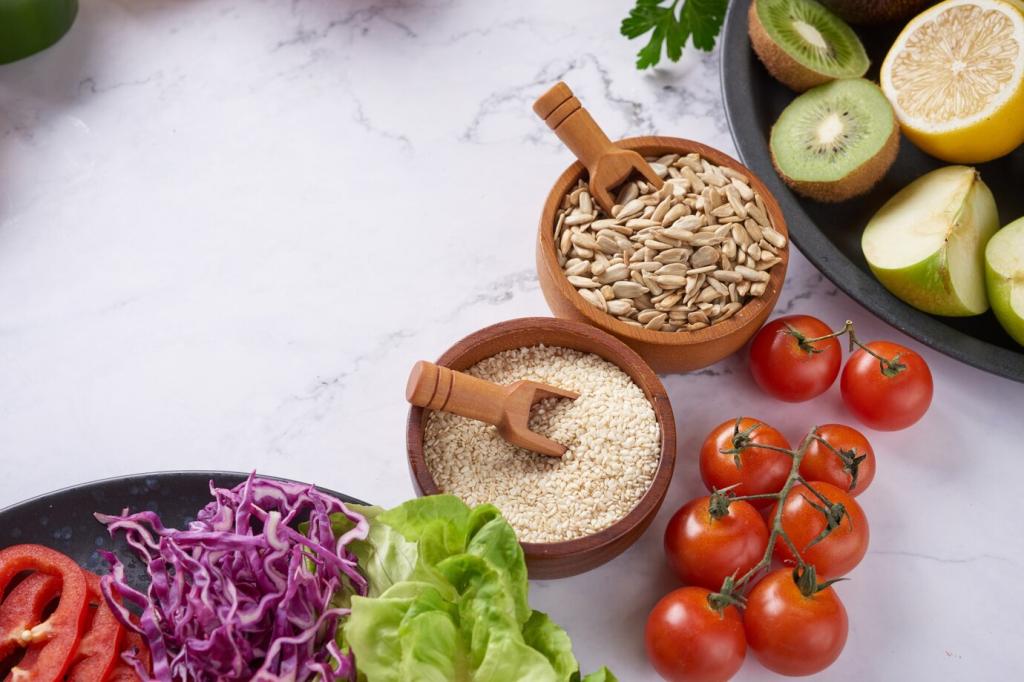Additives, Processing, and Transparency
Gellan gum, guar, locust bean gum, and lecithins add creaminess, prevent separation, or create structure in plant milks and yogurts. Many people tolerate them well, while others prefer to avoid them. Track how you feel and compare products—texture can be achieved with different blends if one doesn’t sit right.
Additives, Processing, and Transparency
“Natural flavors” is a legal umbrella for complex formulations, not a single ingredient. It can originate from plant sources yet remain opaque. If transparency matters to you, check brand FAQs or write to customer service. Some companies now disclose flavor origins and sourcing to build consumer trust—reward that openness when you can.






